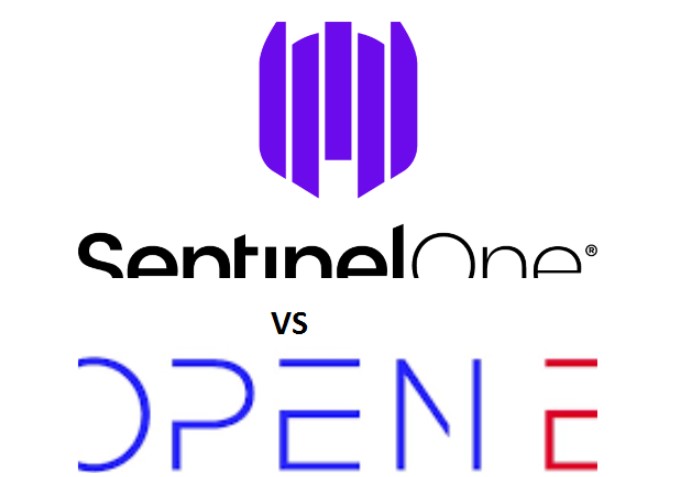SentinelOne EDR vs OpenEDR®
Did you know that in the USA, 33% of employees use their personal computers and laptops to work remotely, instead of using corporate devices to connect?
When it comes to managing and updating enterprise Android devices remotely, only 21% of updates are done immediately, while a staggering 48% of updates are not managed well or on time.
This leaves endpoint devices vulnerable to cybercriminals, making them easy targets for attacks like ransomware, social engineering, and malware. To protect against such threats, it’s crucial to choose the most effective EDR solution.
Two popular options in the market are SentinelOne Endpoint Tool and OpenEDR®. But how do you decide between the two? Let’s delve into a comparison of SentinelOne EDR vs OpenEDR® to help you make an informed choice for your organization.


Exploring SentinelOne EDR
SentinelOne is an advanced Endpoint protection software that offers real-time visibility into all endpoints. It equips your team with threat context, correlated insight, and root cause analysis, making it an excellent threat-hunting solution.
Understanding OpenEDR®
OpenEDR® is an open-source endpoint protection solution that helps security teams identify, analyze, and prevent threats across all endpoints. It provides advanced analytic detection with Mitre ATT&CK and is available to enterprises of all sizes at no cost, offering visibility into events and attacks.
SentinelOne EDR vs OpenEDR® – Uncovering the Variances
Before making a decision on which EDR tool best suits your enterprise security team’s needs, let’s compare SentinelOne EDR vs OpenEDR® to highlight the key differences:
SentinelOne EDR vs OpenEDR®: Data Retention Period
For historical endpoint data analysis, telemetry data plays a crucial role in identifying vulnerabilities and preventing future attacks. OpenEDR® offers unlimited access to historical data, while SentinelOne allows access for up to 14 days, with an option to extend to 365 days through an upgrade.
Firewall Learning Mode
One notable difference is that SentinelOne lacks a Firewall learning mode, which simplifies network traffic rules configuration and control for security engineers.
Cloud Sandboxing
Exclusive to OpenEDR®, cloud sandboxing provides a secure environment to scan suspicious files or traffic without compromising the enterprise network.
Telemetry Endpoint Data
While both solutions offer essential EDR observation features, OpenEDR® stands out for monitoring URLs and DNS on endpoints, a feature not available in SentinelOne.
Threat Intelligence and Analysis
OpenEDR® supports matching against private IOC, enhancing threat analysis capabilities compared to SentinelOne.
Open-source threat intelligence feeds also enable proactive risk management strategies.
SentinelOne EDR vs OpenEDR®: Making the Choice
Both SentinelOne and OpenEDR® offer comprehensive Endpoint protection solutions for enterprises. Whether you’re tackling known or unknown threats, these tools provide valuable support. To decide, consider scheduling a demo to assess which solution aligns best with your environment. Organizations with budget constraints may opt for OpenEDR® due to its cost-free availability.
Read More
Crowdstrike EDR Vs Open EDR
EDR vs XDR
What is EDR



